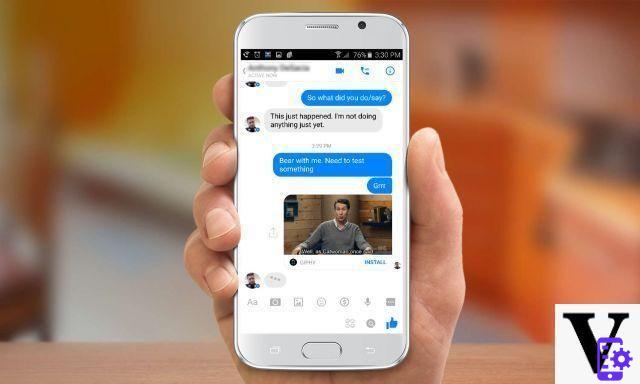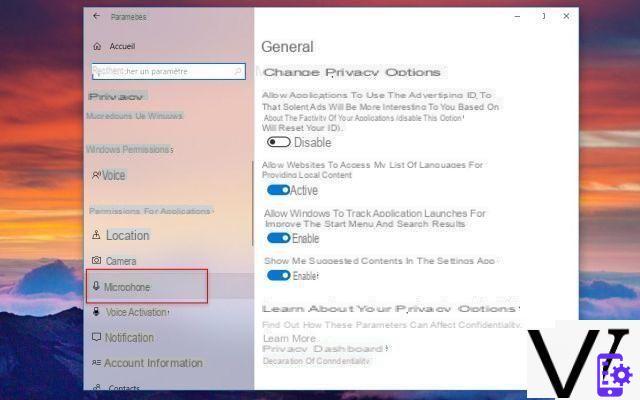Fiber installation, in brief
- Before the technician arrives: inform your property manager and your owner of the installation, and make sure you have access to the technical rooms
- The technician pulls the fiber into the existing ducts / chutes, or right next to it if this is not possible. If necessary, he may have to drill a few holes less than one cm in diameter.
- In the event of a problem, the after-sales service is your best friend.
- Rest assured, the problems are rare.
- For full details, read on.
FTTH ... and the rest
Before moving on to the actual implementation, it is important to distinguish three distinct technologies: FTTH and FTTB and FFTLA. Fiber comes into play in all cases, but they are not exactly the same. In the first case, the optical fiber is taken to the home, in the others, to the building or the last amplifier (the block to put it simply), respectively.
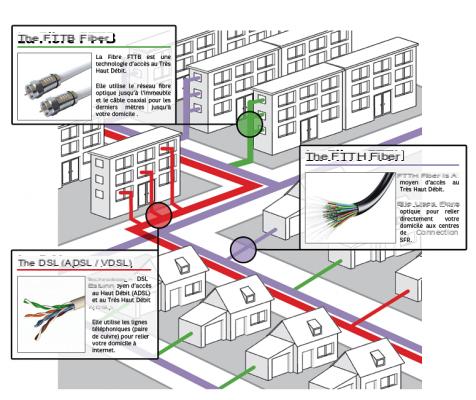
We will focus here only on FTTH which is now the standard, and the only one that actually requires work at the subscriber's home. FFTB and FFTLA rely on the copper network to distribute Internet in housing, but the latter is very often already present in housing. There will therefore be no work to be planned.
I switch to FTTH, there will necessarily be work?
Not necessarily, because your home may already have been fiberized. If it is an old building, the previous occupant may have already had an Optical Termination Point (PTO) installed, you will only have to provide its number when subscribing to the subscription. In this case, all you have to do is plug in your box and the operator activates the line. Some operators systematically send a technician for the installation, others not.
In addition, if you live in a new home for which the building permit was filed after October 1, 2021, it has been pre-bundled and therefore has a PTO. It is a legal obligation. In both of these cases, unless you want an endpoint in another room, no work will be required.
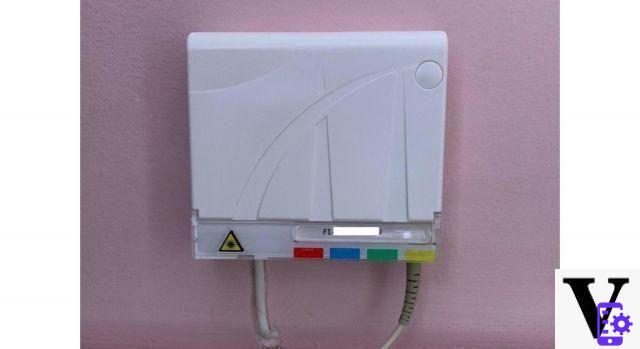
An Optical End Point (PTO)
What to do before the technician arrives?
Notify your landlord, and the trustee if necessary. In your country, there is in principle a kind of "right to fiber" since decree n ° 2009-53 of January 15, 2009. It is very difficult for a trustee or the owner to refuse the installation. However, you must still warn them of the said installation to do things properly. If your landlord is reluctant, just tell them it will only increase the attractiveness and value of their property. After all, it's a selling point.
If you are in a building, make sure that the technician can access the technical rooms. Not only the arrival of the fiber at the bottom of the building, the “Point de Mutualisation” (or PM), but also the one linked to your floor, the “connection point” (or PB). It is from this point that the technician will pull the fiber to your home.
Last practical point, find the easiest and most discreet way to run a cable in your home. This will allow you to refer the technician who will know your home much less well than you.
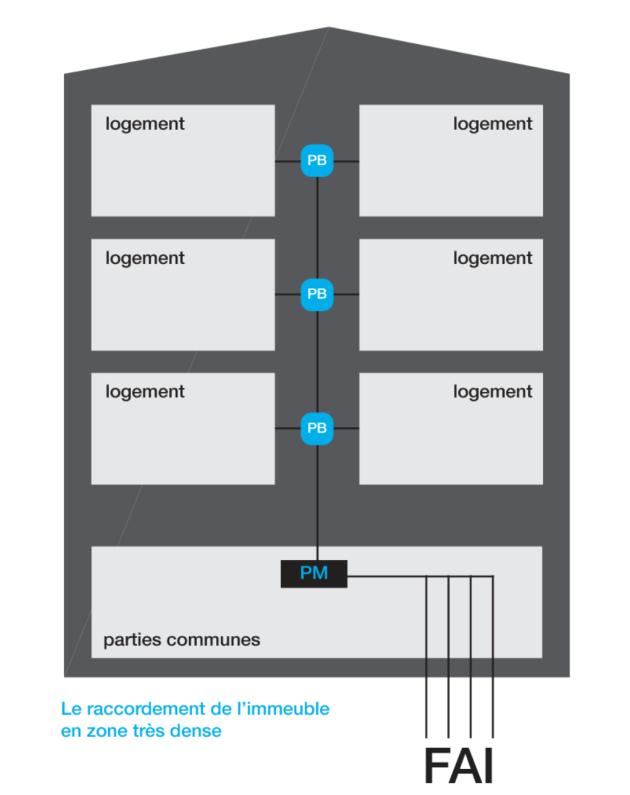
Deployment of the riser in a building in a dense area.
Small holes
If you don't already have a PTO, no other solution: you will have to do some work. If you live in a building, fiber has already been installed in the common areas on each floor. This is called the "vertical" installation. The ISP with which you have taken out a subscription will send a technician to your home to take care of the “horizontal” installation of the landing towards your home. This will either be a technician employed by the FAI, or more generally a service provider.
He will first pull the fiber from the PB to the apartment using the chutes or sleeves already present. Most of the time, there is room, especially since an optical fiber is not thicker than an electric cable. If not, the technician will simply follow the chutes. It may annoy your trustee if he is a bit picky, but if you warned him, he won't be able to do much about it.
This done, the technician will drill a first hole above your front door if it cannot fit into a pre-existing space. Once in the apartment, same principle as outside, we go where we can. The more parts that separate the entry point from where you want to install the box, the more you have to drill. The holes are less than a centimeter in diameter. Once the fiber is pulled, the technician will position the PTO. Depending on the options chosen, it will take care of the configuration of the box or not.

In a detached house, the operation is the same except that the cable will more likely arrive through the cellar or the garage depending on the layout of the home. It is also possible to go through the roof, in this case, additional costs may apply because the installation is more dangerous.
Learn more about RED's fiber offeringsA problem during or after installation, what to do?
As the technician will drill holes, problems may arise. The worst is a blow of a drill in a water or gas supply, but the most likely will be a little bigger holes foreseen or torn wallpaper. For these reasons, we recommend that you go through all the steps of the installation and contact your operator's customer service department as soon as the problem occurs.
The procedure is the same if you do not realize a problem until after the technician has left. The latter must have given you a document at the end of the installation with a telephone number to contact in the event of a problem in the month following the work.

Good to know
- A technician is never required to remove old cables to run the fiber. He can offer it to you for aesthetic or convenience reasons, but he cannot impose it. We do not recommend removing the copper lines to install the fiber, and even more the telephone line. In the event of a dispute, it is better to let the technician go and see the after-sales service.
- It takes about two weeks between the time you subscribe to the fiber offer and the time you have the connection. It is often a little longer during the start of the school year when there are more facilities, especially in student towns.
- If one is never safe from unfortunate cases, in general, the installation of the fiber goes well!
 How to improve your fixed Internet connection? Some tips to increase your Internet speed
How to improve your fixed Internet connection? Some tips to increase your Internet speed


A slow internet connection is not inevitable. There are many tips to improve your Internet speed, whether through the WiFi network, by choosing your box or simply by ...
Read more



















